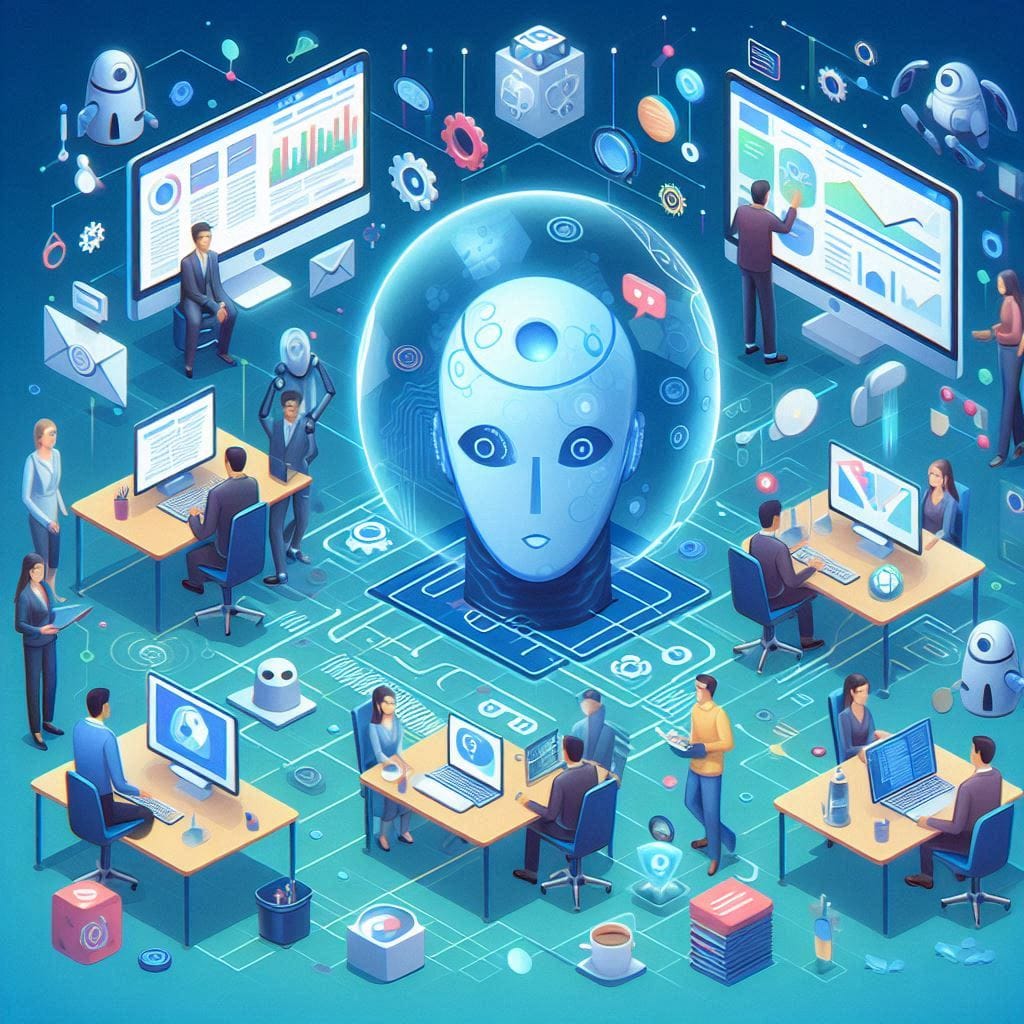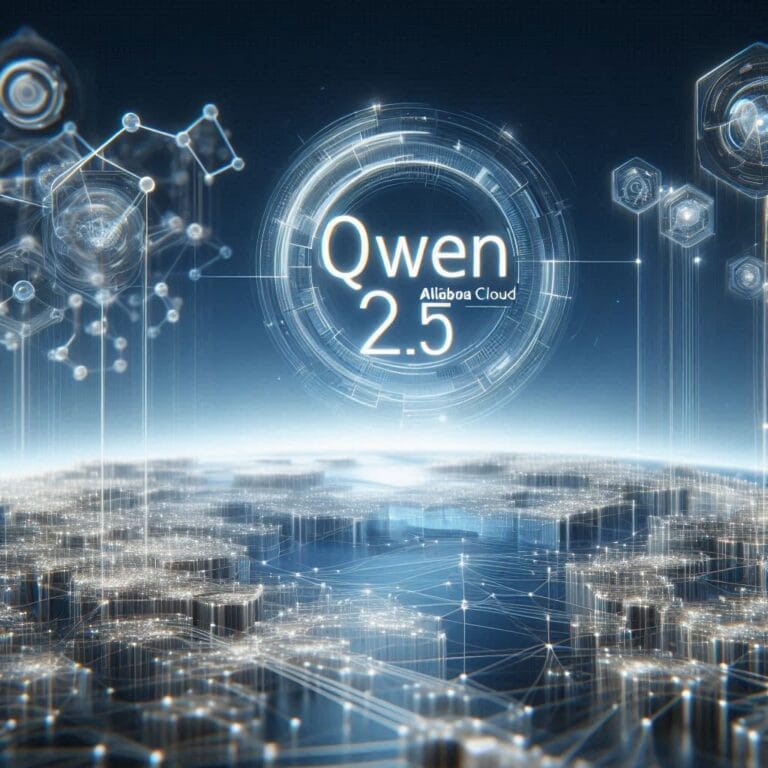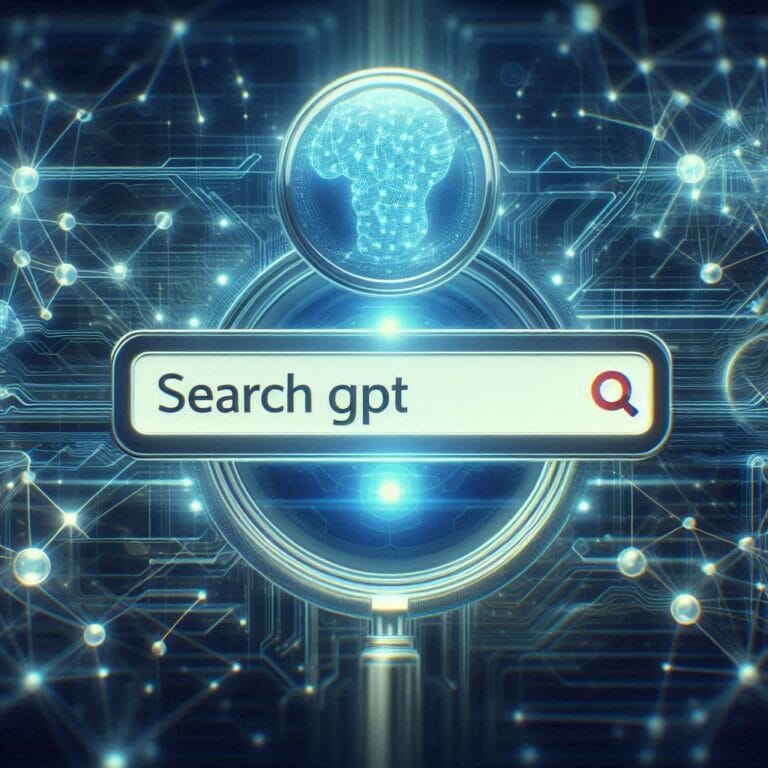Microsoft’s Magnetic-One is pushing the boundaries of AI by utilizing a robust multi-agent system tailored for complex tasks that require autonomous reasoning, planning, and error correction. Unlike traditional single-agent models, Magnetic-One combines the strengths of various specialized agents under a coordinated framework to achieve greater efficiency and flexibility in tackling complex workflows. This post will take you through the essential components of Magnetic-One, introducing the specialized agents that make this system unique.
Why Multi-Agent Systems Like Magnetic-One Matter
Multi-agent systems are proving essential for advanced tasks that demand flexibility, efficiency, and the ability to adapt to changing parameters. While many single-agent models are restricted by narrow functionality, a multi-agent system like Magnetic-One harnesses the strengths of various specialised agents to execute tasks that require multiple skill sets. These systems can also provide better error-handling, autonomous task-switching, and seamless information transfer, making them valuable in domains like research, data analysis, and content generation.Meet the Agents in Magnetic-One
Magnetic-One utilizes a modular approach by bringing together a set of specialized agents, each performing specific roles to handle complex tasks. These agents communicate with each other under the guidance of an Orchestrator Agent, which ensures that each task proceeds smoothly.
1. Orchestrator Agent: The Central Coordinator
The Orchestrator Agent is the backbone of the Magnetic-One system. It decomposes tasks, assigns them to the appropriate agents, and monitors progress. By implementing both an inner and outer loop for task management, it can detect issues, redirect tasks, and make adjustments in real time.
Role: Task planning and supervision, error correction, task rerouting.
2. WebSurfer Agent: Navigating the Digital World
The WebSurfer Agent specializes in interacting with web environments. It can navigate pages, fill out forms, and perform searches, making it essential for tasks that require online information gathering or completing web-based workflows.
Role: Internet navigation, data extraction from web sources.
3. FileSurfer Agent: Handling File-Based Data Extraction
This agent is designed to work with files and documents, including PDFs, spreadsheets, and presentations. The FileSurfer Agent can read, parse, and extract data from various file types, making it ideal for tasks requiring document review or information extraction.
Role: Document parsing, data extraction from files.
4. Coder Agent: The System’s Developer
The Coder Agent is programmed to write and modify code on demand. This agent can generate scripts, fix bugs, and even update code in real time, supporting automation and data processing tasks that need complex scripting.
Role: Code generation, automation scripting.
5. ComputerTerminal Agent: Executing and Managing Code
Once the Coder Agent generates code, the ComputerTerminal Agent takes over to execute it. This agent performs system-level commands and handles tasks that involve running and troubleshooting code.
Role: Code execution, command-line operations.
How Magnetic-One Agents Work Together
Microsoft’s Magnetic-One system is structured around collaboration. Each agent functions independently within its domain of expertise, yet they are all interconnected through the Orchestrator Agent. The Orchestrator’s multi-loop system continuously tracks progress and takes corrective actions if a task stalls or an error occurs.
Example Use Case: Suppose a user needs to summarize recent AI papers and create a report. Here’s how Magnetic-One agents could handle it:
- The Orchestrator Agent devises a plan to search for relevant papers, extract information, and format it into a report.
- WebSurfer Agent searches online databases and downloads the relevant files.
- FileSurfer Agent opens the files, extracts key information, and sends it back to the Orchestrator.
- Coder Agent formats the data and generates a presentation script.
- ComputerTerminal Agent executes the script to produce the final report.
Potential of Multi-Agent Systems in Real-World Applications
Magnetic-One showcases the potential of modular multi-agent systems to revolutionize workflows. From autonomous document processing to web-based data extraction, Magnetic-One can adapt to a variety of industries, including research, IT, and content creation. Its modular nature means Microsoft can expand and improve each agent’s capability independently, increasing the system’s overall versatility.Conclusion: A New Frontier in AI with Magnetic-One
Microsoft’s Magnetic-One is a groundbreaking leap toward more adaptive, reliable, and efficient AI systems. By integrating specialized agents within a well-coordinated framework, Magnetic-One promises significant advancements in task management and automation across sectors. It’s a step closer to realizing AI that can autonomously handle real-world, multi-step tasks, unlocking new possibilities for productivity and innovation.
References
For more details on Microsoft’s Magnetic-One system and similar advancements in multi-agent systems, refer to:




